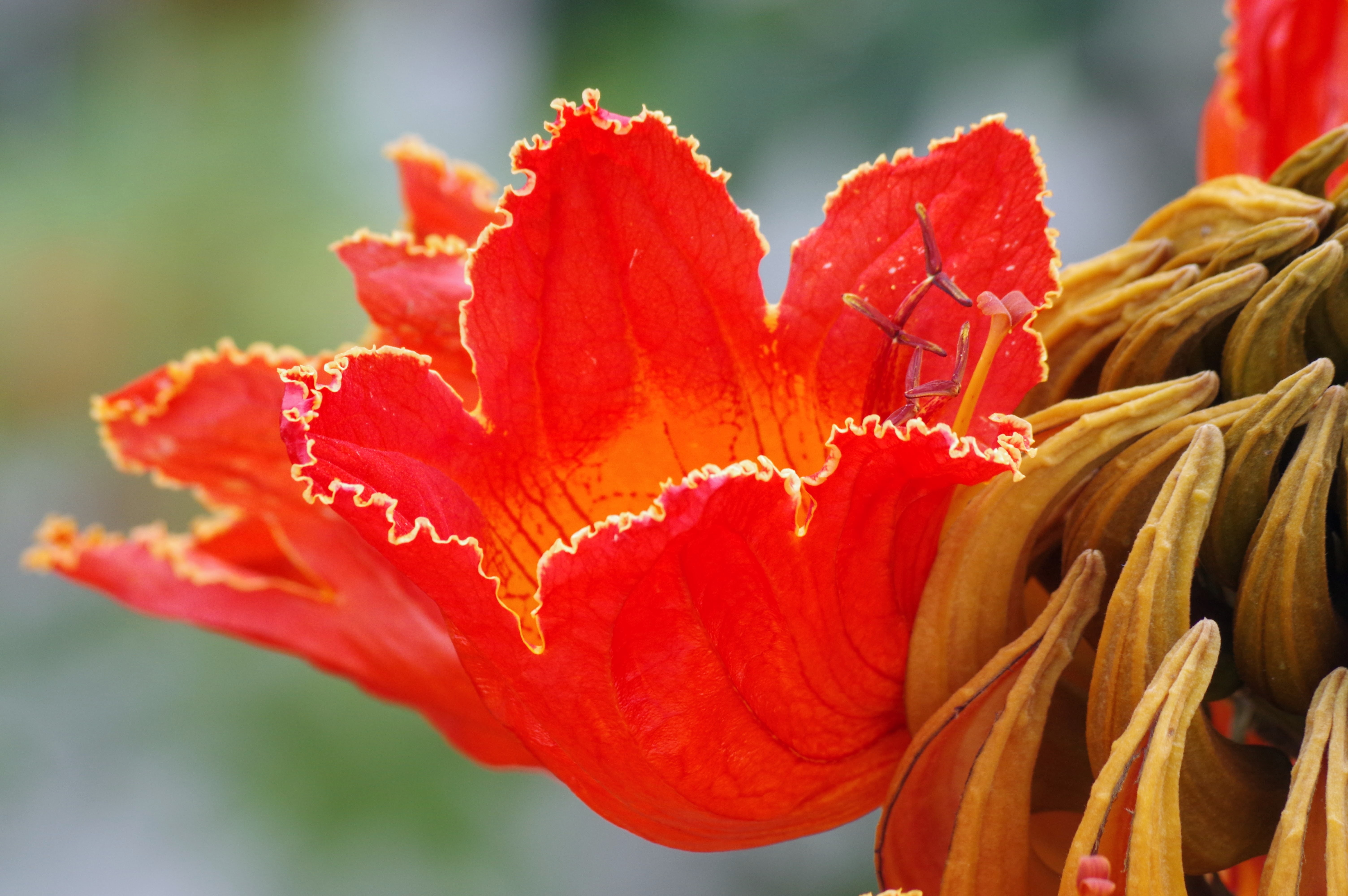The Tesu Flower: A Symbol of celebration and beauty in the spring festival of Holi
Exploring the significance of the vibrant orange-Red flower in India's popular spring celebration
The Tesu flower
Also known as Palash, Tesu is a beautiful flower that is native to India. Its vibrant orange-red color makes it a popular choice for the Holi festival, which is celebrated in March every year. Holi marks the arrival of spring and the triumph of good over evil. The Tesu flower is particularly significant during the festival because it is dried and ground to make natural colors for the celebration. These colors, known as 'gulal', are smeared on each other's faces and clothes.

Medicinal properties
Apart from its use during Holi, the Tesu flower has many other uses. It is a medicinal plant and is used to treat various ailments, including fever and respiratory infections. The flower is also used in many religious rituals and ceremonies in India.
The flower that inspires

The Tesu flower blooms for only a few days each year, usually in late February or early March, just in time for the Holi festival. Despite its short lifespan, it brings immense joy and beauty to the festival. The bright orange-red color of the flower is hence symbolic of the vibrancy of spring and the joy of the festival. Despite its short lifespan, Tesu brings immense joy and beauty to the festival, elucidating to us that even fleeting things can bring happiness.



